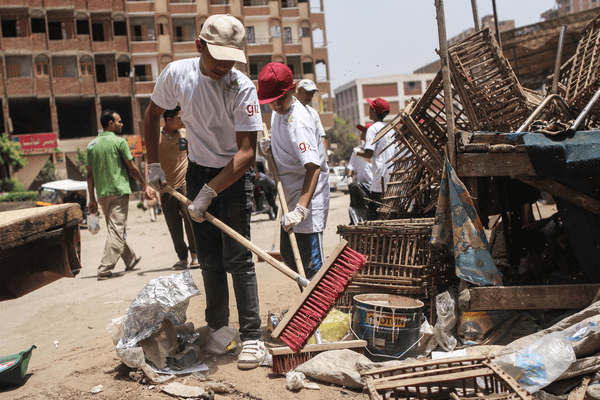
City
Casablanca
Main actors
Local Government, Community / Citizen Group, other
Project area
Neighborhood or district
Duration
Ongoing since 1993
The project illustrates how conflicts between planner's aims and resident's views can be mitigated by participation processes
The Avenue Royale comprises a huge project to restructure Casablanca between the urban seafront and the city centre. The project started in 1993 and has not yet been finished. A huge boulevard is planned to connect the Hassan II Mosque with United Nations Square. This project of Avenue Royale will provide housing for around 12,000 families and improve living conditions of Avenue Royale residents, who previously lived in crumbling old congested houses.
SONADAC (Société nationale de développement et d'aménagement communal), a technical and professional agency in the service of local authorities for communal development and planning, administers the project. Due to the huge importance of this project and the high costs, it is divided into stages and, sub-projects. In this context, 530 families were provided with homes as a first part of the action in 1995. SONADAC planned the NASSIM project to house 1800 families.
Situated in the south-west, adjoining the neighbourhoods of Lissasfa and Sidi Maârouf, over an area of 316 hectares, this project now comprises 5,300 dwellings (in 2012: 2,700 in the first phase and 2,600 in the second phase), currently 16,000 social housing units and 9,000 other housing units are planned.
On Map
The Map will be displayed after accepting cookie policy


